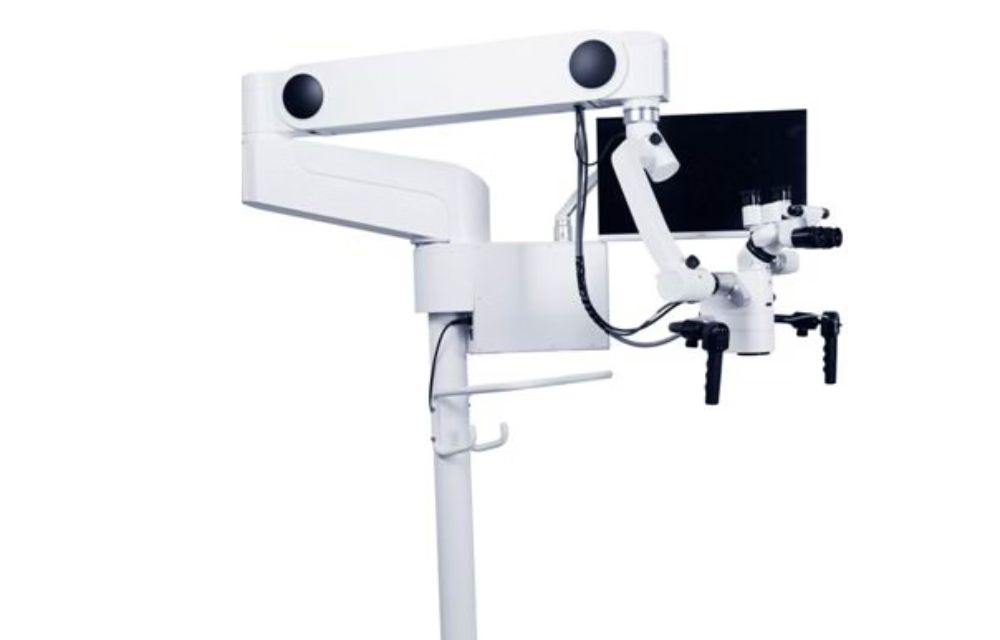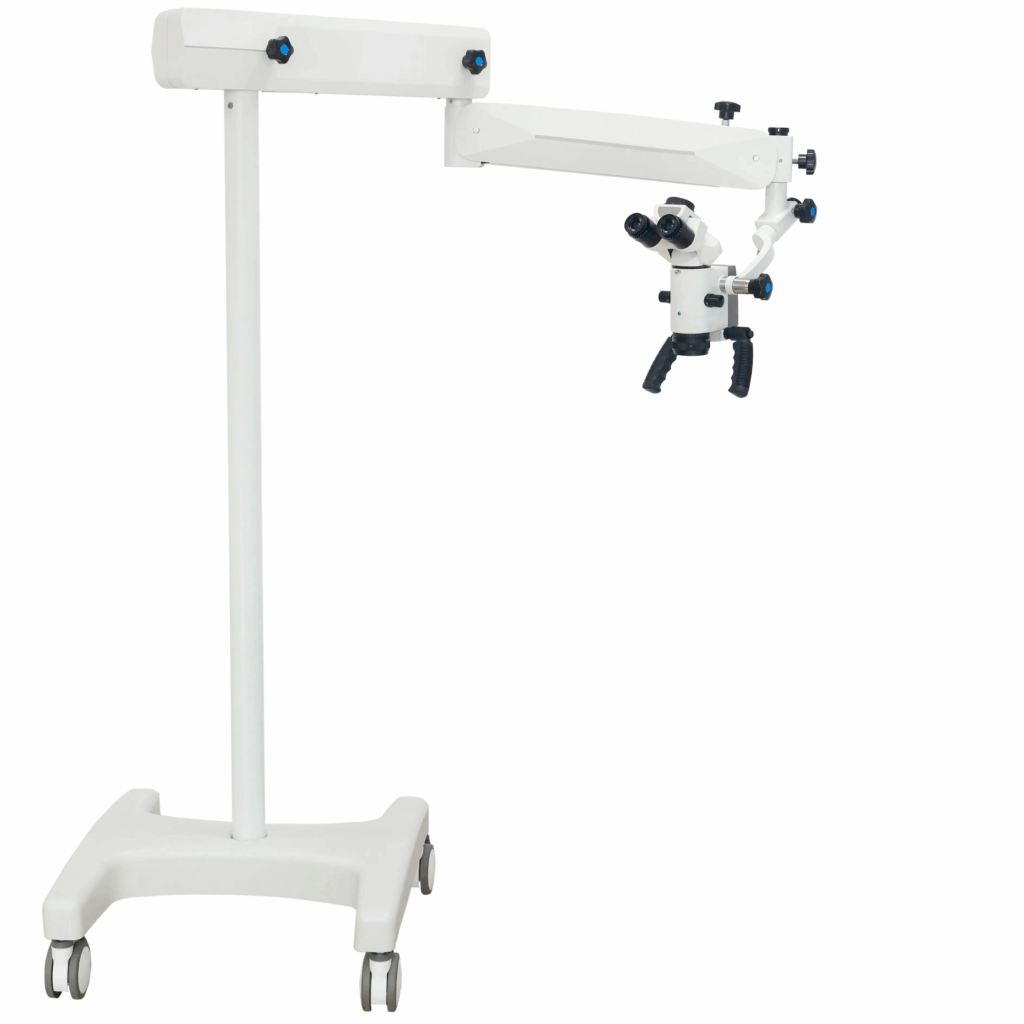In ENT procedures, both precision and clarity are imperative. The ENT operating microscope is perhaps the most valuable instrument in any otolaryngologist’s toolkit. This advanced tool helps ensure surgical accuracy by yielding magnified, well-lit, and high-quality images of delicate anatomical structures. But not all microscopes are equal. Having an idea of what to look for can be a huge deciding factor in the surgery’s success and the operating room’s efficiency. Let’s find out the most important features to remember when choosing an ENT operating microscope.
1. High-Quality Optics and Magnification
One of the most critical features is excellent optical quality. An ENT operating microscope should provide high-magnification, distortion-free optics with several magnification levels. Opt for microscopes utilizing apochromatic lenses for color accuracy and definition. Variable magnification—preferably between 4x to 25x—allows the surgeon to modulate the view depending on the procedure and anatomy.
2. Illumination System
Bright and clear lighting is essential for precise ENT operations. A new laser ENT operating microscope usually has LED or xenon light sources, which create intense, shadow-free illumination without producing too much heat. Coaxial illumination makes light travel down the chest like the visual field to avoid shadows and enhance vision clarity in deep or narrow fields of surgery.
3. Ergonomic Design and Comfort
Surgical operations can be prolonged and taxing. An optimally designed microscope should minimize strain and enhance the surgeon’s posture. Adjustable eyepieces, motorized or manual height adjustment, and a sturdy, easy-to-maneuver stand can greatly enhance ergonomic comfort. The microscope should be simple to position and secure with little effort so that the surgeon can concentrate on the task without constant repositioning.
4. Stability and Maneuverability
Stability is a second important characteristic. The ENT surgical microscope must be stable once set in place, even for lengthy procedures. Simultaneously, it must be light enough to move with smooth, responsive motions. A sound suspension system, counterbalance, and easy-to-use control knobs all contribute to improved handling and accuracy.
5. Integrated Imaging and Recording Options
New microscopes typically include built-in HD or 4K camera systems that support real-time viewing on external screens and high-definition recording for documentation or training applications. This function is vital in teaching hospitals or for checking complicated cases. Some systems include connectivity to hospital networks and data storage systems as well.
6. Modularity and Future Upgrades
The ideal ENT operating microscope can grow with your practice. Modular systems enable you to upgrade parts such as cameras, lights, or software without replacing the whole system. This is cost-effective and future-proof.
Conclusion
Selecting the proper ENT operating microscope is an investment in patient safety, surgical precision, and practitioner comfort. By concentrating on priority features like innovative optics, dependable illumination, ergonomic design, and imaging capability, ENT professionals can significantly increase their surgical potential. Considering these features will guarantee improved performance and workflow in the operating room if you are establishing a new practice or replacing current equipment.



